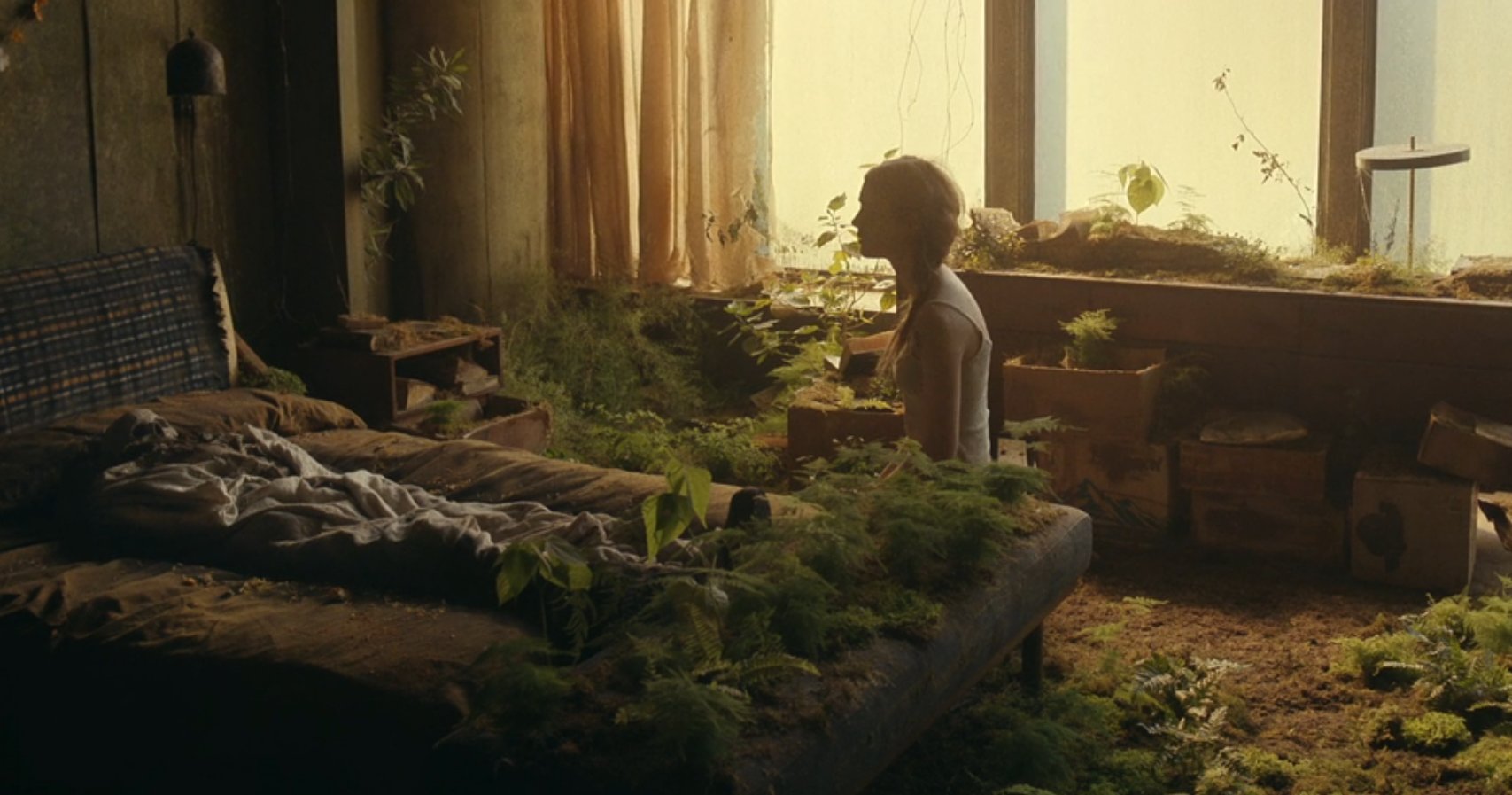Caterpillar Characters

I'm currently losing my mind about Station Eleven and want to highlight a page it's taken from the LOST playbook: caterpillar characters. This is a piece of jargon I've invented right now, but the concept is simple: stories work different when the characters completely transform.
In LOST (and then in The Leftovers, Damon Lindelof's next show), characters undergo a radical transformation. It could be triggered by a plane crash or a Rapture. Either way, nobody's the same after, in the same way that no caterpillar is the same after entering its cocoon.
This has real benefits for a writer. That cocoon moment represents a discontinuity in the arc of the character. Before, they were one way -- after, totally different. For instance, in LOST, we discover that John Locke was in a wheelchair before they crashed on the island.
The discontinuity means your narrative has a chronology that is interesting in *both* directions, forward and back. Yes, I want to see what's going to happen to these characters, but I'm also happy to learn about who they were before the change.
That's not the case in a traditional narrative, where characters are much more linear. If you meet them at moment T, you have a good idea of who they were at T-10, and so T+10 is the only thing you care about.
It's no surprise, then, that Station Eleven and LOST exploit this advantage with fragmented chronologies. Moving into the future brings the usual fun of incremental character development. Darting into the past, on the other hand, can show us the incredible changes these characters have undergone -- it's as shocking as a plot twist, but completely localized to a character.